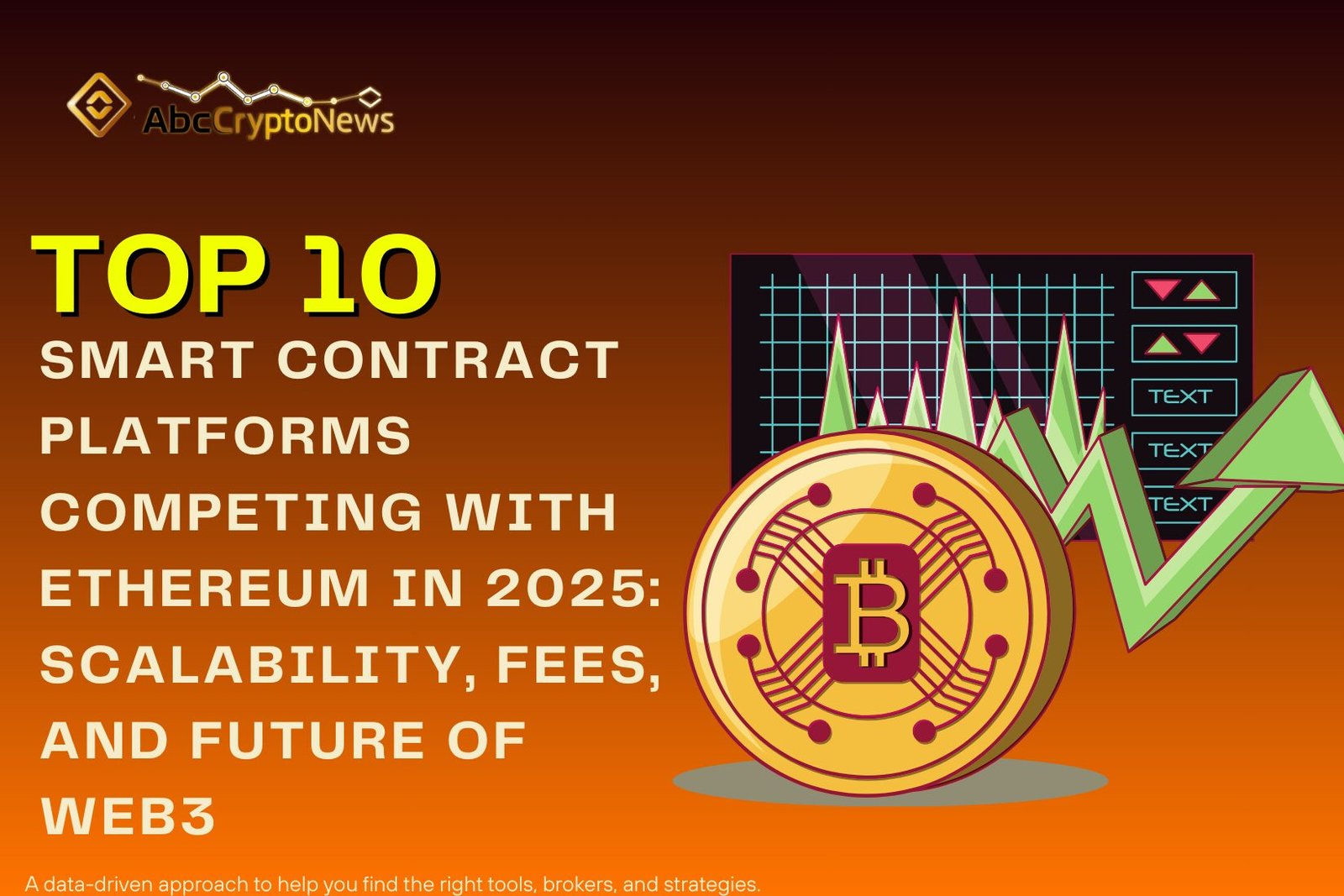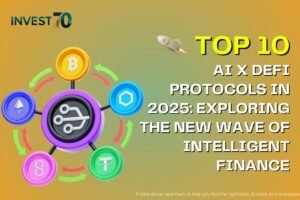Top 10 Smart Contract Platforms Shaping the Future Beyond Ethereum in 2025
Top 10 Smart Contract : Ethereum introduced the world to smart contracts, becoming the backbone of DeFi, NFTs, and dApp development. But as adoption scales in 2025, the blockchain landscape is no longer Ethereum’s playground alone. High gas fees, network bottlenecks, and energy debates have opened the door for competitors with faster, cheaper, and more specialized solutions.
Today, smart contract platforms power everything from decentralized finance and gaming to enterprise-grade blockchain solutions. And while Ethereum is still the most recognized name, the competition has intensified, creating a multi-chain world where innovation thrives.
Understanding Smart Contract Platforms
Smart contract platforms are blockchain frameworks that allow developers to deploy self-executing agreements that run without intermediaries. They ensure trustless execution, immutability, and decentralized verification.
These platforms underpin most of Web3—fueling DeFi protocols, NFT ecosystems, DAOs, and real-world enterprise use cases like healthcare and supply chain management. Ethereum set the benchmark, but rivals now challenge it on scalability, affordability, and flexibility.
What Makes a Strong Ethereum Competitor?
Not every blockchain that supports smart contracts can realistically compete with Ethereum. The leading alternatives excel in several areas:
- Performance: High TPS and fast confirmation times.
- Cost Efficiency: Low transaction fees suitable for mass adoption.
- Security: Strong consensus mechanisms and resilience against exploits.
- Ecosystem Depth: Active developer communities and rich tooling.
- Governance & Upgradeability: On-chain governance models and adaptability.
- Sustainability: Proof-of-Stake and other eco-friendly designs.
With these criteria in mind, let’s look at the top 10 smart contract platforms shaping blockchain in 2025.
Top 10 Smart Contract Platforms Competing With Ethereum in 2025
1. Polkadot
Polkadot is designed for interoperability, connecting multiple chains through its parachain model. With Nominated Proof of Stake, it enables scalable and secure cross-chain dApps. Its ecosystem is still growing but is attracting developers who want flexibility beyond Ethereum’s boundaries.
2. Hyperledger
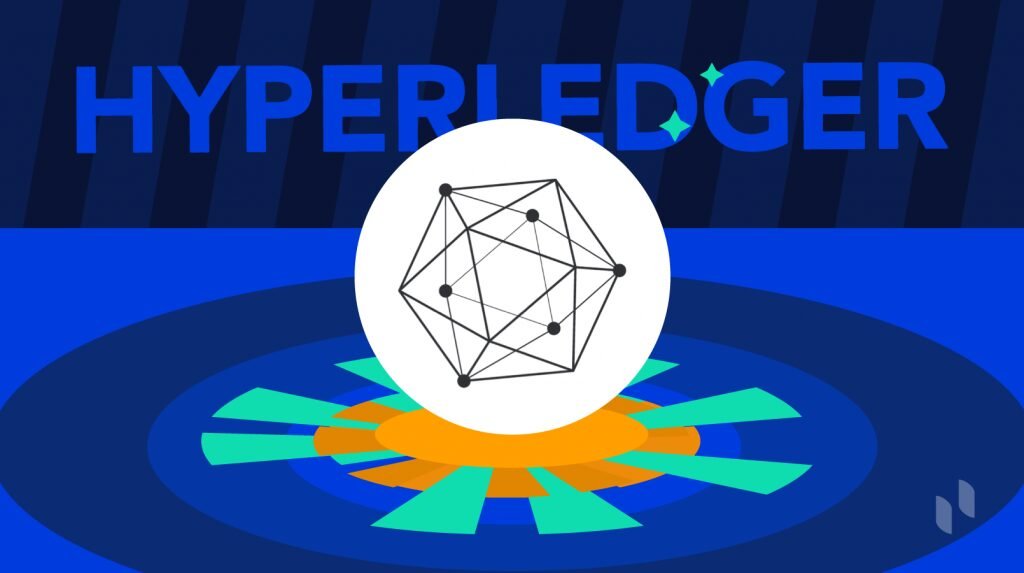
Source: Phemex
Hyperledger remains a leader in enterprise blockchain. Unlike public networks, it focuses on permissioned frameworks tailored for industries like finance and healthcare. Backed by the Linux Foundation, it delivers modular architectures with high security, though its use cases are limited outside enterprise contexts.
3. Cardano

Source: Utoday
Built on peer-reviewed research, Cardano’s emphasis on formal verification and its Ouroboros PoS protocol makes it energy-efficient and academically rigorous. Adoption has been steady but slower than others, with notable traction in government and education applications.
4. Solana

Source: Finbold
Solana prioritizes speed, boasting over 65,000 TPS through its Proof of History and PoS hybrid consensus. It has become a hub for NFT marketplaces and DeFi apps, though network outages have occasionally shaken confidence. Still, its low fees and scalability are hard to ignore.
5. Binance Smart Chain (BSC)
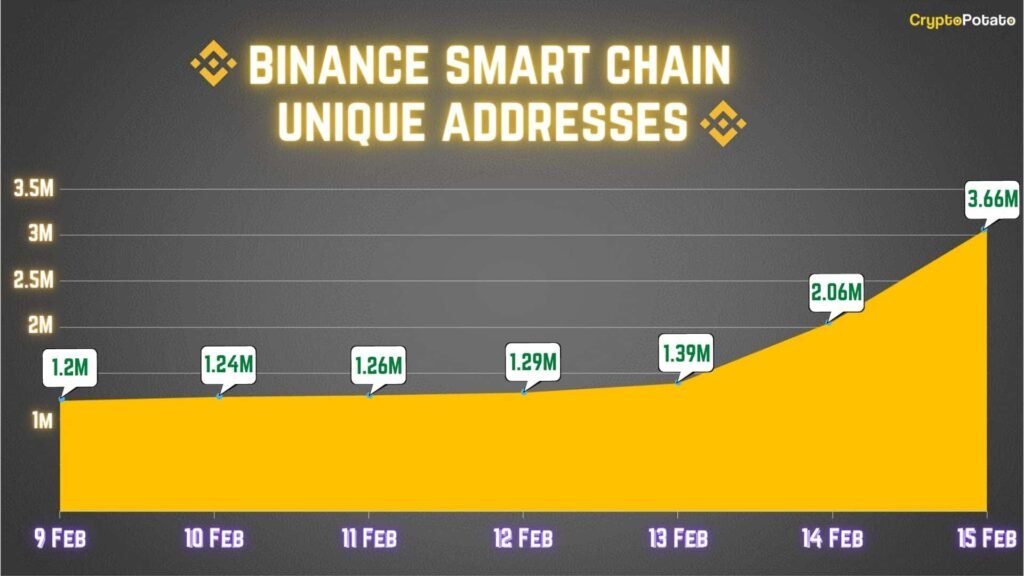
Source: Cryptopotato
BSC has cemented itself as a go-to for developers seeking affordability and rapid deployment. Its Delegated PoS model ensures fast block times, though centralization concerns persist. Despite critiques, its thriving DeFi ecosystem shows its staying power.
6. Tezos
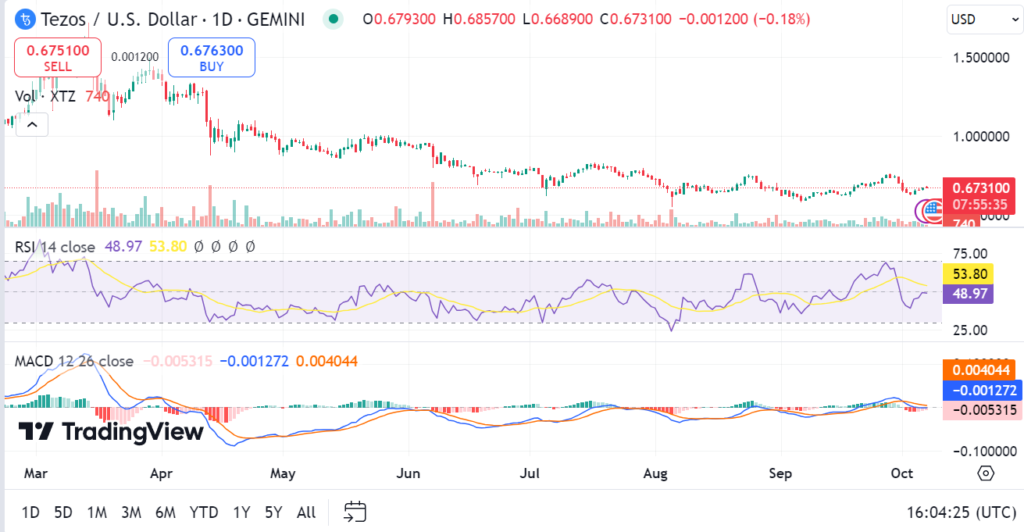
Source: Insights
Tezos introduced the concept of a self-amending blockchain, eliminating the need for disruptive hard forks. With Liquid PoS and strong on-chain governance, it has become a home for digital art and eco-friendly projects. Its ecosystem grows more slowly but remains resilient.
7. Stellar

Source: Ledger
Stellar is purpose-built for payments and remittances. Using the Federated Byzantine Agreement, it ensures near-instant settlements at low cost. While less suited for complex dApps, its specialization makes it indispensable for global finance and micropayments.
8. Top 10 Smart Contract – Polygon
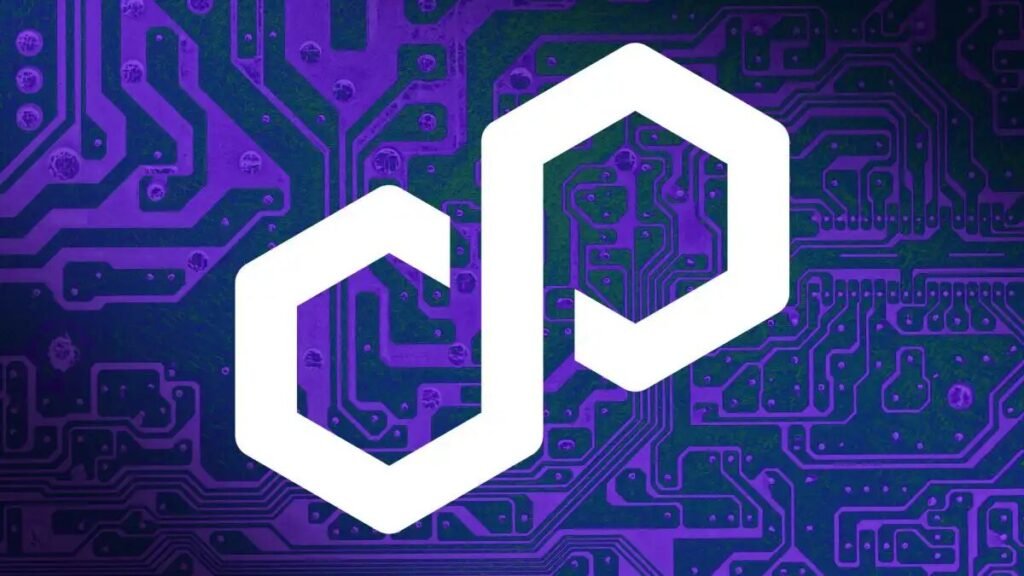
Source: The Block
As Ethereum’s most prominent scaling solution, Polygon bridges the gap between L1 performance and L2 affordability. Its PoS sidechains make it ideal for DeFi and NFT projects, leveraging Ethereum’s network effect while offering significantly lower costs.
9. Top 10 Smart Contract – Algorand
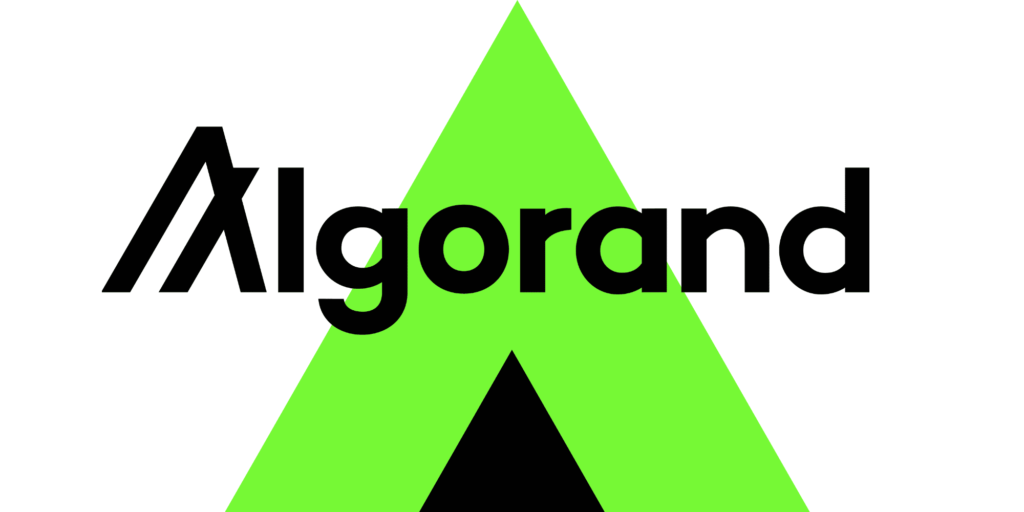
Source: Coin Central
Algorand focuses on sustainability and speed, using Pure Proof of Stake for eco-friendly operations. With near-instant finality, it is gaining ground in finance, government-backed projects, and green blockchain initiatives. Its ecosystem is smaller but strategically positioned.
10. Top 10 Smart Contract – Avalanche
Avalanche brings customization through its subnet architecture, allowing developers to create tailored blockchains. Its consensus model provides near-instant finality and scalability. While subnet complexity poses challenges, Avalanche is thriving in DeFi and enterprise Web3 infrastructure.
Choosing the Right Platform – Top 10 Smart Contract
The best platform depends on use case:
- DeFi and NFTs: Solana, Polygon, BSC
- Cross-chain solutions: Polkadot, Avalanche
- Enterprise adoption: Hyperledger, Cardano
- Payments and remittances: Stellar
- Sustainability: Algorand, Tezos
Ethereum continues to set the standard, but in 2025, it is just one piece of a larger, multi-chain landscape.
Conclusion – Top 10 Smart Contract
Smart contracts have evolved from an Ethereum-only concept to a multi-chain ecosystem. The top 10 smart contract platforms of 2025 highlight the diversity of approaches—speed, interoperability, eco-friendliness, and enterprise readiness. Ethereum remains the anchor, but alternatives are thriving in their niches.
The future of Web3 will not be about a single dominant chain, but about how multiple platforms complement each other to power decentralized innovation worldwide.

